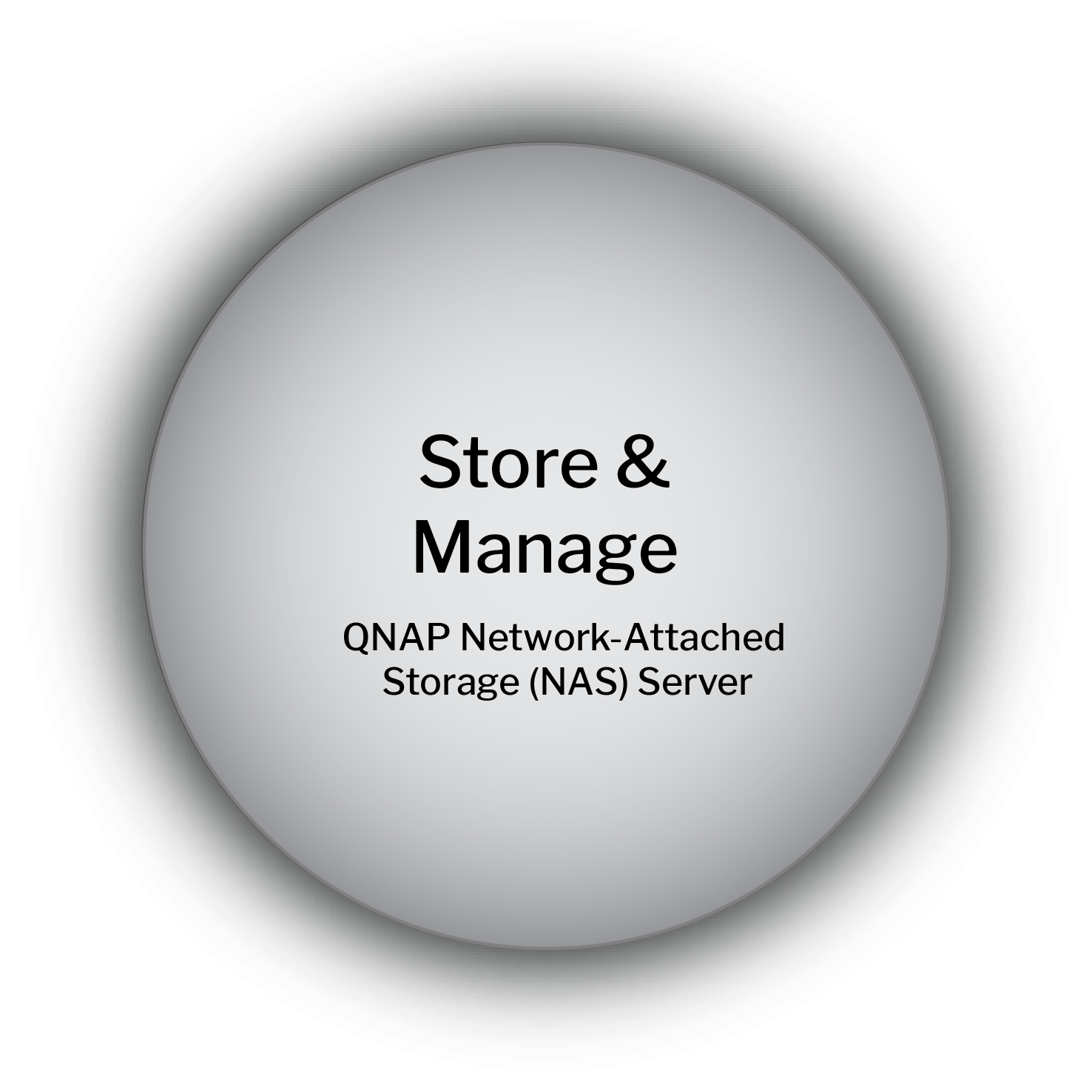Data Storage and Management

In the Vincent-Ruz Lab, all data-related operations are centralized and managed through the QNAP NAS Server. The use of the server for every single thing you produce on the lab is NON-NEGOTIABLE and there are NO EXCEPTIONS. I understand the server can sometimes be slow and may seem like a hassle to use. But we are entrusted with a lot of sensitive data about marginalized individuals, and we shouldn’t risk their trust or safety for our convenience. That is why RECIPROCITY/RECIPROCIDAD is one of our key Lab values.
Our NAS Server is lovingly named “The Archivist” thanks to my love for the Magnus Archives Podcast.
But what exactly is a NAS Server?
A Network-Attached Storage (NAS) device is a system that stores and shares data for multiple computers, accessible remotely. Utilizing a NAS provides extensive control over data security and ensures 100% access to any lab-generated data. This access facilitates data redundancy and backup measures.
Why is access to all lab-produced data necessary?
In our lab, data belongs to the collective, not any individual. Therefore, centralizing all data and files in a repository accessible at all times is crucial. Access to this data is vital for submitting grant applications to institutions like NIH/NSF, ensuring ongoing support for the lab. Moreover, upon leaving the lab, it streamlines access to necessary folders without the need for constant email exchanges.
How can one access the “The Archivist”?
Upon on boarding, you’ll receive a username and password. The server employs double authentication for security. Access is restricted to NMSU Wifi or through a VPN connection.
To set up your computer for access, you’ll need:
QFinder Pro: This software enables connection to the server and access to folders/files within your file explorer system.
CISCO VPN: Follow provided instructions to install the NMSU VPN, necessary for accessing QNAP outside the university Wifi system.
Double authentication software on your phone, such as Microsoft Authenticator, facilitating connection to your NMSU account.
How does a NAS Server ensure redundancy?
While a NAS server isn’t a backup solution, it does ensure data redundancy through RAID technology. RAID distributes and duplicates stored data across multiple hard disks, ensuring resilience in case of drive failure. Our NAS implements this with data distributed across two hard drives plus two backups. Additionally, the NAS is backed up to an encrypted external hard drive monthly.